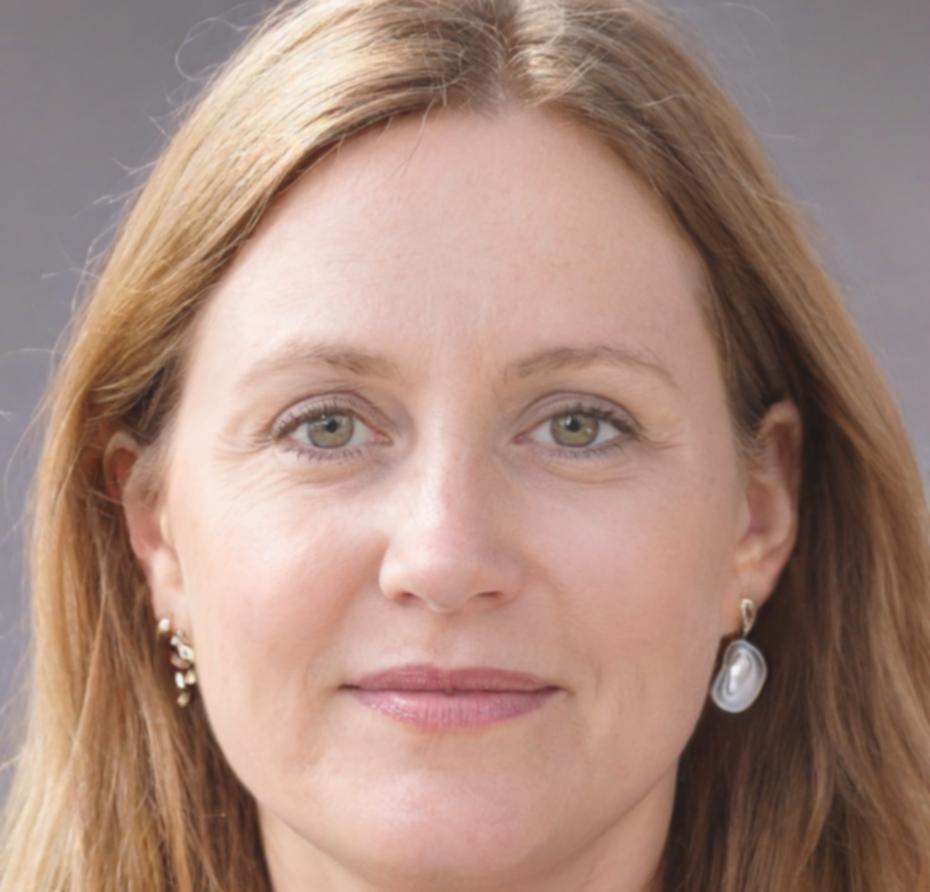Building the Future Through Vision
Started in a small Kaohsiung workspace in early 2019, we've grown into a trusted name for practical AI education across Taiwan. Our journey has been about one thing: helping people understand computer vision without the fluff.
How We Got Here
Six years might not sound like much, but in AI? That's several lifetimes. Here's the short version of what we've been up to.
The Beginning
We opened our doors with just three instructors and a borrowed conference room. Our first cohort? Twelve students who weren't sure if computer vision was even practical. Turns out, they were right to be skeptical—but we proved them wrong over the next four months.
Finding Our Voice
We stopped trying to teach everything and focused on what actually matters: object detection, image classification, and real-world deployment. That year we launched hands-on workshops that got students building actual working systems—not just following tutorials.
Expansion Phase
Moved to our current Kaohsiung facility with proper lab equipment and GPU workstations. We added evening classes for working professionals and introduced our industry partnership program. Student count hit 180 active learners across multiple programs.
Where We Stand Today
Over 400 students have trained with us. We're planning our autumn 2025 advanced program and exploring new teaching methods. The field keeps changing, and so do we. That's been our approach from day one.
What Drives Us Forward
Look, we could write paragraphs about innovation and excellence. Instead, here's what actually gets us out of bed each morning.
Practical Above All
Theory matters, but so does building things that work. Every lesson connects to something you can actually use. Because abstract knowledge doesn't pay the bills.
Honest Guidance
We don't promise overnight expertise or guaranteed outcomes. Learning AI takes time and effort. We're here to make that journey clearer, not easier.
Real-World Focus
Our curriculum reflects what companies actually need. We talk to hiring managers, review job postings, and adjust accordingly. Keeping up with industry trends isn't optional.
Quality Teaching
Small class sizes mean instructors actually know who you are. We invest in experienced teachers who've shipped production code—not just academic researchers.
What We Actually Teach
Computer vision sounds impressive until you realize it's just math, patience, and a lot of debugging. Here's what our programs cover and why it matters.




Core Vision Skills
Object detection, image segmentation, classification systems. We start with OpenCV basics and work up to YOLO and modern transformer models. Most students spend about three months on fundamentals before moving to advanced topics.
Deployment Training
Building a model is one thing. Getting it running on actual hardware? That's where most tutorials stop and real work begins. We cover edge deployment, optimization techniques, and dealing with production constraints—because 2fps won't cut it in the real world.
Industry Applications
Manufacturing quality control, retail analytics, traffic monitoring. Our project work mirrors actual business scenarios. You'll learn to balance accuracy with performance and explain technical decisions to non-technical stakeholders.
Meet Our Lead Instructor
Our teaching team combines industry experience with educational expertise. Here's one of the people you'll be learning from.

Livia Sorensen
Senior Computer Vision Instructor
Livia spent seven years building vision systems for manufacturing automation before joining our teaching staff in 2021. She's worked on everything from defect detection pipelines to real-time tracking systems.
Her classes focus on practical problem-solving—you'll spend more time debugging code than listening to lectures. Students appreciate her straightforward approach and willingness to admit when something is complicated. She runs our advanced deployment course and mentors final project work.